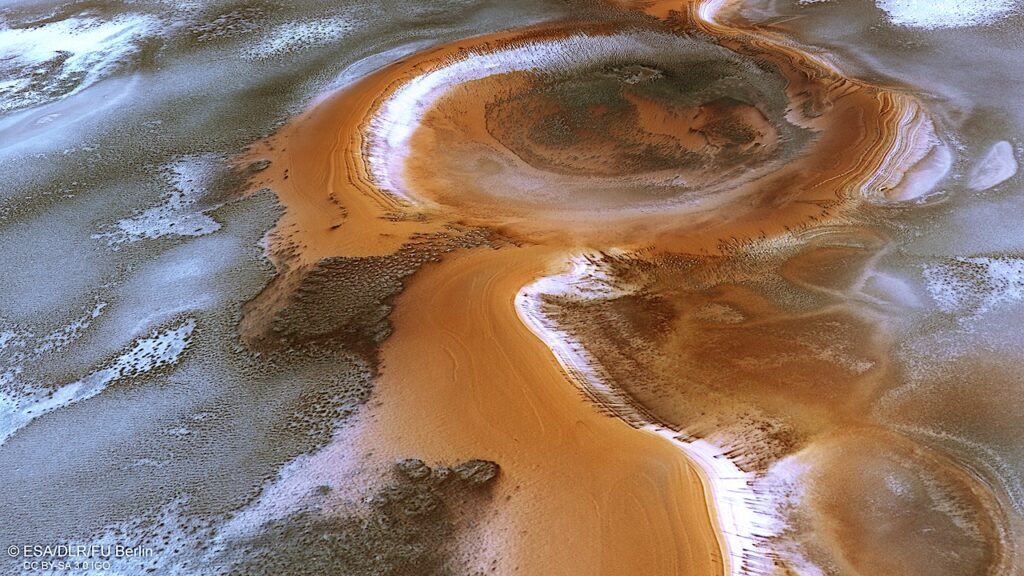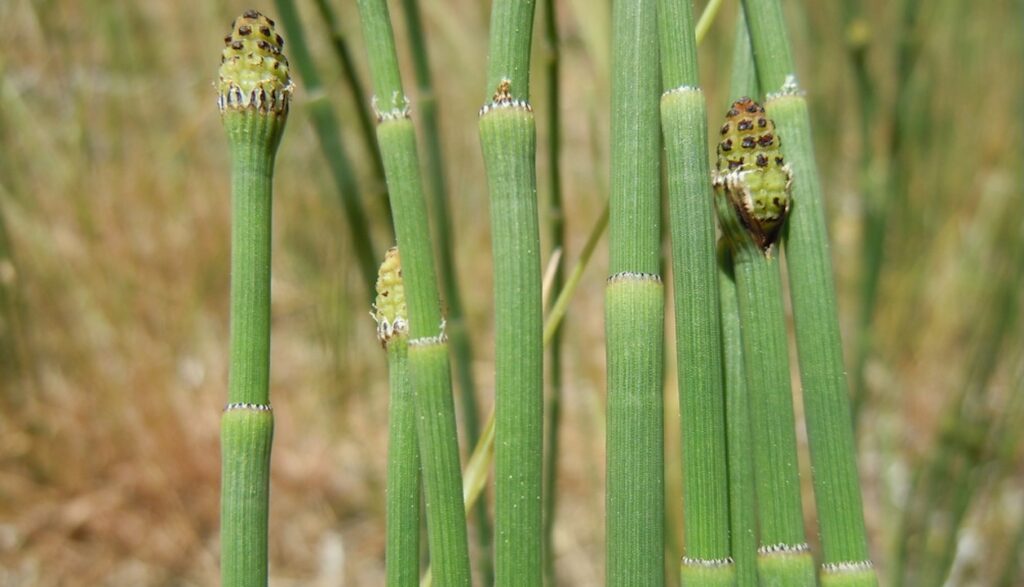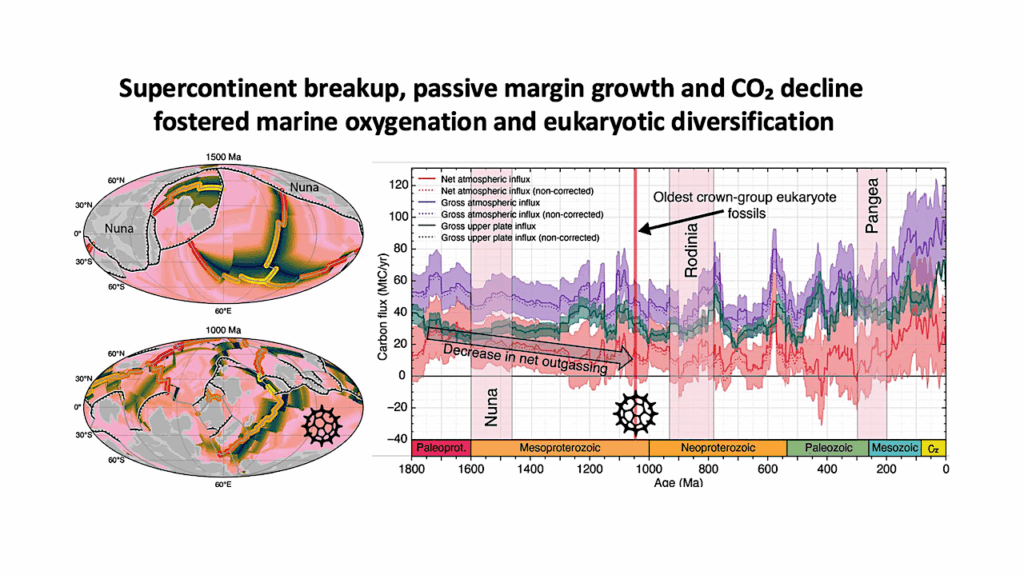Lithologic Controls on Silicate Weathering Regimes of Temperate Planets

The atmospheres of temperate planets may be regulated by geochemical cycles. Silicate weathering provides essential negative feedback to the carbonate-silicate cycle (carbon cycle) to maintain temperate climates on Earth and possibly on Earth-sized temperate exoplanets.
The intensity of weathering is normally attributed to the kinetics of weathering reactions of individual minerals. The implementation of a transport-controlled weathering model shows that when the CO2 volume mixing ratio decreases or surface temperature increases, equilibrium thermodynamics rather than kinetics exerts a strong control on weathering. Modeling the weathering of all minerals in a given rock instead of individual minerals is crucial. The transition between kinetically- and thermodynamically-limited regimes of weathering is strongly sensitive to rock lithology. Application of this model to Earth suggests that global mean continental granite and seafloor basalt weathering rates are likely limited by the supply of fresh rocks, yet regional weathering rates can be influenced by both kinetics and thermodynamics.
Consideration of total dissolved inorganic carbon as a proxy for weathering results in another CO2 drawdown regime: CO2 dissolution, where aqueous bicarbonate and carbonate ions produced by rock weathering are lower in concentration than aqueous CO2. Upper limits to weathering as a function of lithology are provided to calculate the maximum impact of weathering on the carbon cycle. The temperature-sensitivity of the thermodynamically-limited silicate weathering provides a potential positive feedback to the carbon cycle which may shift the inner edge of the habitable zone.
Kaustubh Hakim, Dan J. Bower, Meng Tian, Russell Deitrick, Pierre Auclair-Desrotour, Daniel Kitzmann, Caroline Dorn, Klaus Mezger, Kevin Heng
Comments: Submitted to the Planetary Science Journal
Subjects: Earth and Planetary Astrophysics (astro-ph.EP)
Cite as: arXiv:2008.11620 [astro-ph.EP] (or arXiv:2008.11620v1 [astro-ph.EP] for this version)
Submission history
From: Kaustubh Hakim
[v1] Wed, 26 Aug 2020 15:24:18 UTC (4,146 KB)
https://arxiv.org/abs/2008.11620
Astrobiology








